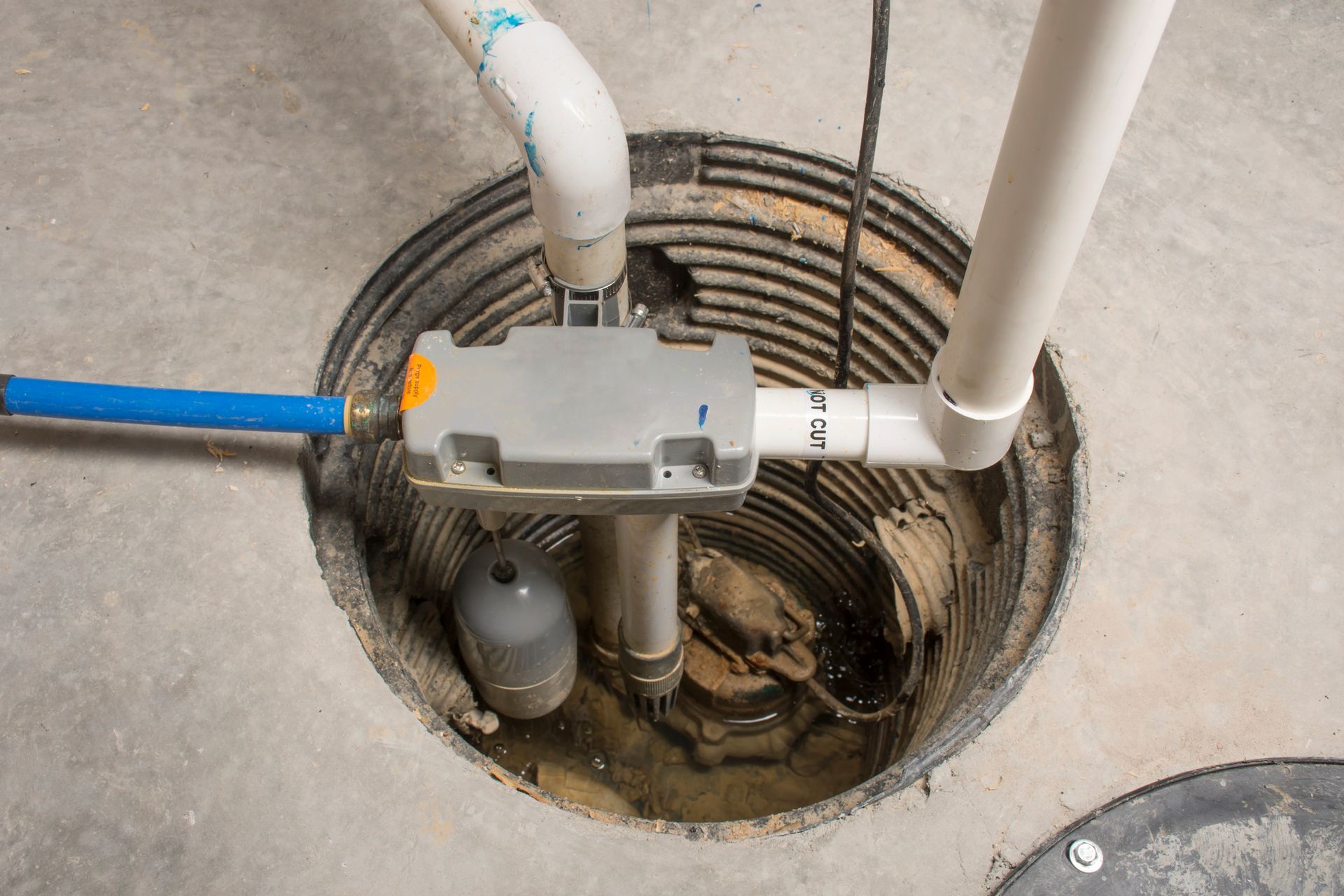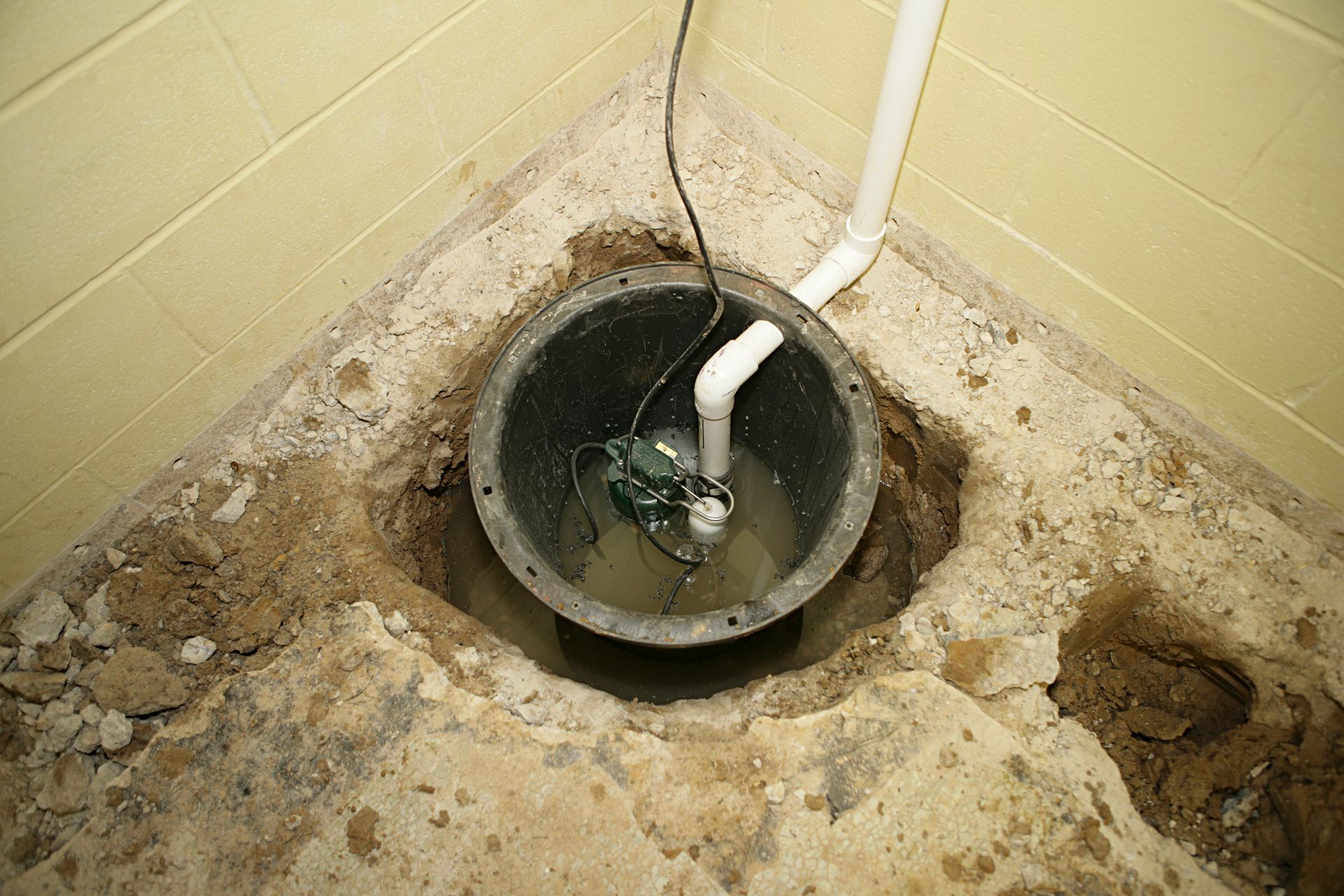Family Owned & Operated Since 1965
Contractors License #: BC-692554
EPA Lead Certified: NAT-70330-02
Signs That You Need Liquid Applied Membranes

Water infiltration can quietly wreak havoc on buildings, leading to significant structural damage, mold growth, and rising repair costs. Ensuring your building’s exterior is properly waterproofed is a crucial step in maintaining its integrity and long-term durability. Liquid applied membranes have become a preferred choice for exterior waterproofing due to their flexibility, durability, and ability to create seamless barriers. But how can you tell if your building could benefit from liquid applied membranes?
Below, critical indicators are discussed to help you assess whether this effective waterproofing solution is the right choice for your property.
Cracks in Exterior Surfaces
One of the most obvious signs is the presence of visible cracks on exterior surfaces. In concrete walls, balconies, or flat rooftops, cracks allow water to seep through, undermining the structural integrity over time. Liquid applied membranes are particularly effective at addressing this issue, as they form a seamless, watertight layer that can bridge minor cracks and prevent water ingress. If cracks are becoming noticeable, it’s time to consider a robust waterproofing solution.
Persistent Water Stains
Water stains or discoloration on exterior walls or ceilings are warning signals that moisture is seeping in. These marks may appear yellowish or brown and tend to worsen over time. Left untreated, water stains can lead to more severe problems like mold growth or corrosion of embedded materials. A liquid applied membrane can halt the progression of moisture intrusion and protect the surface from additional water-related damage.
Peeling or Bubbling Paint
Peeling or bubbling paint on exterior walls is another red flag that points to water infiltration. When water penetrates beneath painted surfaces, it causes the paint to lose adhesion, resulting in unsightly bubbling or peeling. This affects the visual appeal of the property and indicates that the protective layers aren't functioning as intended. A liquid applied membrane acts as a durable shield, keeping moisture out and maintaining the aesthetic integrity of your building.
Leaks in Basements or Underground Structures
Basements, parking garages, and other underground structures are particularly vulnerable to moisture infiltration due to their constant exposure to groundwater pressure. Leaks and damp surfaces in these areas often suggest compromised waterproofing systems. Liquid applied membranes provide an adaptable and seamless solution by forming a protective layer that adheres to irregular surfaces and resists water pressure effectively.
Difficulty With Complex Surface Shapes
Exterior areas featuring complex shapes, such as curved walls, corners, or irregular surfaces, can be challenging to waterproof with traditional materials like sheets or rolls. If these areas are proving difficult to seal properly, a liquid applied membrane might be the ideal solution. It conforms to any shape or contour effortlessly, closing gaps that more rigid systems may miss.
Ponding Water on Flat Roofs
Flat roofs are particularly susceptible to water pooling, as they lack the natural slope required for effective drainage. If standing water frequently accumulates on your building’s flat roof, it can result in leakage, deterioration, or even structural failure over time. Liquid applied membranes offer a reliable answer by forming a uniform protective layer capable of withstanding prolonged water exposure and minimizing the risks associated with ponding.
Erosion Due to Harsh Conditions
Buildings located in areas with harsh weather conditions—such as heavy rain, freezing temperatures, or high UV exposure—often show signs of expedited wear and tear. Eroded surfaces, spalling concrete, or damaged coatings are indications that your exterior is bearing the brunt of these elements. Liquid applied membranes can act as a protective barrier, offering superior resistance to harmful weather effects and extending the life of your building’s exterior.
Previous Waterproofing Failing or Aging
If your building has an outdated or failing waterproofing system, this could allow moisture to penetrate vulnerable areas. Over time, traditional waterproofing materials such as bitumen may degrade or lose adhesion, creating weak points that water can exploit. Liquid applied membranes provide a modern, high-performing alternative that ensures long-term protection and peace of mind.
Mold or Mildew Growth
The presence of mold or mildew on exterior surfaces typically indicates persistent moisture issues. This growth not only damages the aesthetics of the building but can also contribute to health problems for occupants. A liquid applied membrane helps create a moisture-free barrier that disrupts the conditions necessary for mold or mildew to thrive, providing a cleaner and safer environment for your property.
Protect Your Building with Liquid Applied Membranes
Taking action at the first sign of water-related damage is essential to preserving the structural integrity and appearance of your building. Liquid applied membranes stand out as a versatile, durable, and effective solution for exterior waterproofing, especially for complex surfaces or areas with high exposure to the elements. If any of the signs mentioned above resonate with your building’s current state, it may be time to explore this advanced waterproofing technology.
Connect with us to assess your property’s needs and determine if liquid applied membranes are the right solution for you. Investing in the right waterproofing system today can save you from costly repairs, extend the life of your building, and enhance its overall performance for years to come.
CONTACT INFORMATION
Address: 448 Lilac Street, Lino Lakes, MN 55014
Email: maureen@rite-waywaterproofing.com
Phone: (651) 786-0550
Contractors License #: BC-692554
EPA Lead Certified: NAT-70330-02




